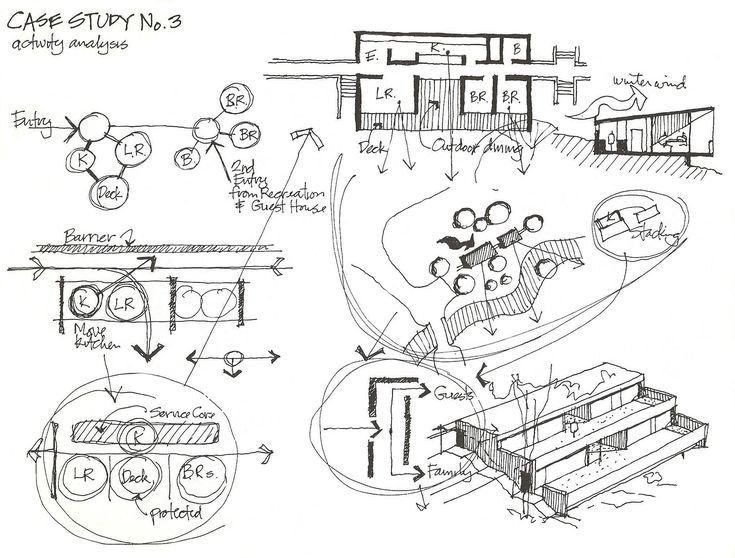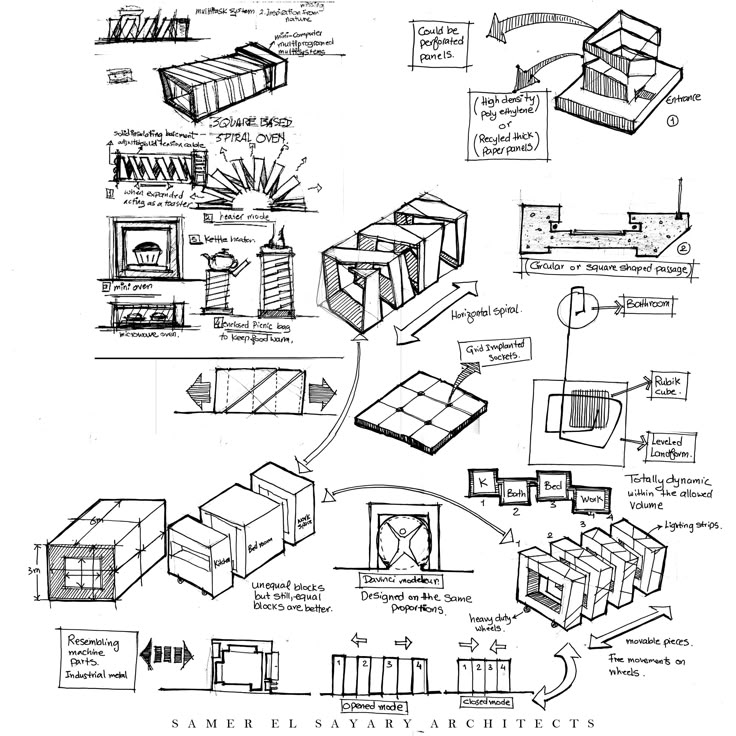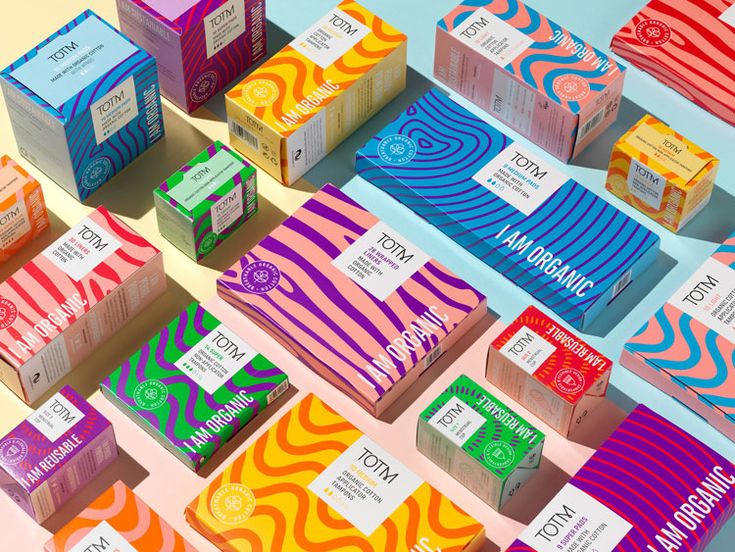In a world where digital tools like Adobe Illustrator, Figma, and Procreate dominate, you might wonder if sketching is even relevant anymore. But despite all the tech, sketching remains a game-changer in the design process. It’s not just about doodling or exploring forms; it’s about brainstorming, refining ideas, and laying the foundation for stunning visual compositions. So, let’s talk about why sketching is still a must-have skill in digital design.
Ever had a design idea pop into your head, only to struggle with translating it digitally? Sketching lets you get those ideas down instantly, without worrying about software constraints. A pen and paper (or even a tablet with a stylus) let you explore multiple concepts in minutes, making it an efficient way to brainstorm. It gives you instant reality checks and makes the digital translation smoother. You can also explore all the difference a minor change can make to the design which are often noticed at a later stage, save yourself a ton of frustration.
Digital tools are amazing, but they come with their own set of rules—grids, alignment guides, and preset shapes that can sometimes box you in. Ever got annoyed at the grids for not snapping to your design and leaving that uncomfortable edge? Sketching got your back for this one. Sketching, on the other hand, is raw and unrestricted. It lets you experiment freely, try unconventional ideas, and push creative boundaries without clicking through endless menu options. Sometimes, you have a clear vision of what you want, but bringing it to life digitally can be tricky. Sketching acts as a middle ground—it helps you map out your thoughts, refine proportions, and get a clearer picture before jumping into digital tools. When starting off with a blank screen for your designs it can get daunting to start off but with a sketch to act as a skeleton for your designs the process of digitising your ideas and bringing your concepts to life becomes a lot faster and efficient. Along with providing a visual structure to your designs at times it also speeds up the process as you already subconsciously start planning out what tools are you going to use to make it happen digitally. This gives you the freedom to experiment more and faster without getting lost in the technical complexities. This means fewer revisions and a much smoother workflow.




